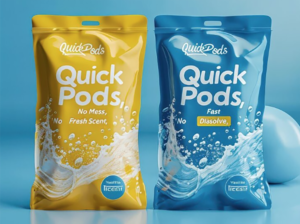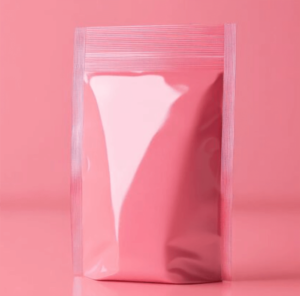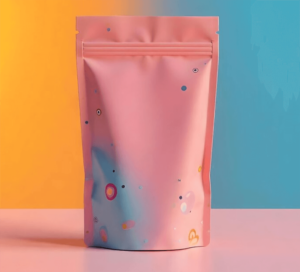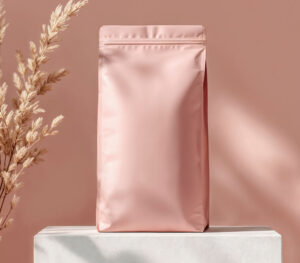“Surface treatment technology” refers to the process of artificially forming a layer on the surface of the substrate material with different mechanical, physical and chemical properties from those of the substrate, to meet the corrosion resistance, abrasion resistance, decorative or other special functional requirements of the product. Different processing techniques, applicable materials are different. There are many types of printing materials, some materials do not need to go through pre-press treatment can be directly printed, such as paper, plastic, glass, etc., and the surface treatment technology of different materials are not the same, this paper will be commonly used in the printing industry surface treatment methods are described as follows.
Printing surface treatment technology
Printing surface treatment technology was first developed to solve the problem of poor adhesion of plastic film surface printing and coating. Plastic film basic materials are mainly polypropylene (PP), polyethylene (PE) polyvinyl chloride (PVC), polyester (PET), etc., the surface characteristics of the molecular structure of the substrate due to the polarity of the groups, the degree of crystallization and the chemical stability of plastics, etc., there are great differences, and these factors have a great impact on the adhesion fastness to the printing ink layer.
Belonging to the polar structure of PS (polystyrene), PVC, printing does not need to do surface pretreatment, but for its surface structure is non-polar PP, PE, PET, etc., its chemical stability is very high, not easy to be most of the ink solvents penetrate and dissolve, and ink printing of the combination of fastness is very low, so in the printing of the surface treatment must be done before the surface treatment of the plastic surface activation of the generation of new chemical bonds to make the surface Roughening, thereby improving the ink and film surface bonding adhesion fastness; at the same time the manufacture of certain granules in the process, according to different requirements mixed with a certain number of additives, additives, under the opening agent, when the absorption of the film after shaping, these additives float in the film surface, the formation of invisible to the naked eye of the oil layer, the oil layer is completely unfavorable to the printing, it is not easy to make the film surface bonding, adhesion decreases, therefore, with the oil layer of the film material on the Must undergo surface treatment, so that the film surface layer of grease removal, improve the ink, coating fastness.
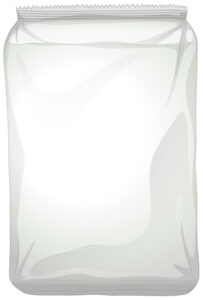
Prepress surface treatment of paper
Firstly, from a commercial point of view, surface treatment is a way to provide added value to paper and board products, and secondly, it can also be said that it is a way to reduce the net cost of materials, in fact, from a material point of view, it is a way to provide modification for paper and board
Strength properties – stiffness, tensile strength, compression strength
Optical properties – whiteness, brightness, opacity
Absorbent properties – wettability and absorbency; Surface properties – roughness, smoothness and friction properties.
Moisturizing treatment
The deformation of paper includes stress deformation and natural deformation. Natural deformation is mainly caused by the deformation of water content, as the main component of paper is cellulose, cellulose structure contains a number of hydroxyl groups, these hydroxyl groups decided that it has a strong hydrophilic force; coupled with paper fibers and fibers, fibers and fillers have gaps between the pores of the water adsorption effect. Paper absorbs water after the fiber will expand, so that the paper size growth of high-temperature dehydration after the paper size shortening, which will affect overprinting.
Paper moisture content is too high, will reduce the surface strength of the paper, light in the printing of individual fibers will be connected to the phenomenon, commonly known as hair pulling, or there will be a piece of fiber is connected to the phenomenon of peeling paper. Water content is too low, so that the paper becomes hard and brittle, tearing, folding, breaking resistance will be reduced, so that the paper receiving difficulties, overprinting is difficult to be accurate. In order to make the paper moisture content uniform and consistent, and print shop compatible, so that the paper sensitivity to water to reduce, improve the stability of the size, must be adjusted before printing humidity treatment.
Moisturizing treatment is at room temperature and pressure and a certain relative humidity, the paper in the drying room for hanging dry, after a period of time to make the paper moisture content to achieve equalization and adapt to the temperature and humidity of the printing workshop process called wetting, the methods are: wet adaptation method, moisture absorption method, the method of dehumidification, cold water reprinting method, and so on.
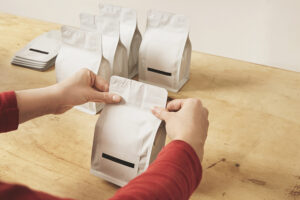
Coating surface treatment
Most of the application of surface treatment is to lay the foundation for further coating outside the machine, especially to improve the positioning control, namely: Z direction coverage and surface performance, X-Y direction variability. The base paper is an important factor in the effectiveness of the finish.
The effect of positioning “control” depends on the base paper itself. Proper control of the properties of the base paper remains a challenge for surface treatment. This is because surface sizing, while controlling wettability and absorbency, does little to improve unevenness in forming or paper appearance. These structural properties determine the uniform consistency of the paper: the surface structure deforms at the bottom of the formation.
The importance of the consistency of the base paper lies in the amount of pressure applied by the final coating, which is higher for sizing presses, roll coating, and metered coating with a rod or doctor blade. It determines whether variations in coating thickness and homogeneity will produce a qualified product. In the future advanced real-time testing methods and data collation equipment will be used to record parameters such as surface distribution, homogeneity and permeability.
The other advantages of pre-calendering are limited if it bends the surface toward a flocculent structure. Although roughness fluctuations may be reduced, calendering does not change the roughness in the X-Y direction and the surface remains uneven. In addition, calendering may cause localized changes in paper tightness, absorbency, and surface consistency, all of which affect coating structure and homogeneity.

